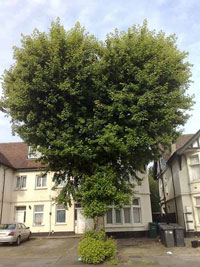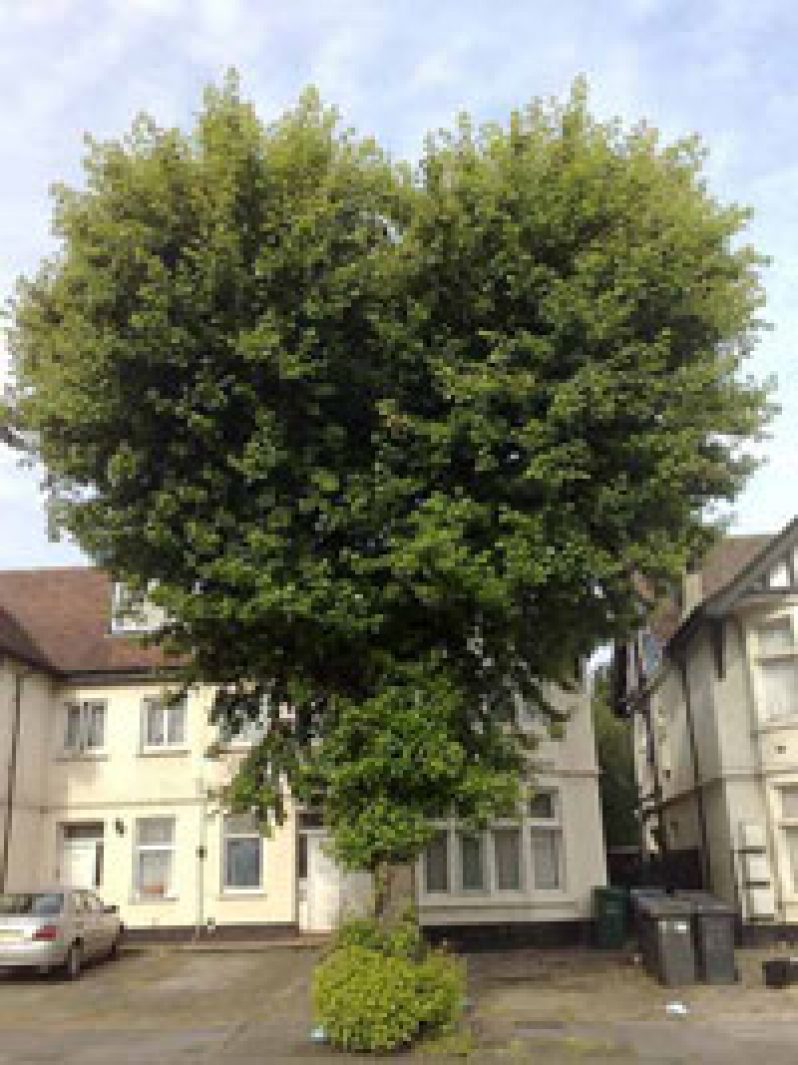GREENHEART (Chlorocardium rodiei), also known as Demerara Greenheart, is the strongest and stiffest wood in the world; and Guyana has the distinction of being its native country.
 The Greenheart tree is also found in Suriname, but the species there are reported to be confined to a small area along the Maratakka River, a tributary of the Nickerie River.
The Greenheart tree is also found in Suriname, but the species there are reported to be confined to a small area along the Maratakka River, a tributary of the Nickerie River.
There have been unsubstantiated reports about Greenheart trees being found in western Venezuela, but experts agree that if the species occurs in western Venezuela, it is only likely to be at very low densities. All forestry sources have confirmed that commercial quantities of this remarkable and valuable tree are found only in the rainforests of Guyana.
The Chlorocardium rodiei is a member of the family Lauraceae; it is one of two species in the genus Chlorocardium, and was formerly classified in either of the genera, Nectandra, or Ocotea as Nectandra rodiei or Ocotea rodiei. Other local names include sipiri, bebeeru and bibiru.
The Greenheart is a towering evergreen tree growing to between 15 and 40 metres tall (from 49 feet to 130 feet), and possessing a trunk of between 35 and 60 centimetres (one to two feet) in diameter.
The colour of the wood is light-greenish to dark olive green, sometimes marked with brown or black strakes. The fruit comprises an outer fleshy part containing a single seed, and splits at maturity to release its contents. Greenheart is almost immune to decay, is water resistant, and highly resistant to marine organisms and fire. Primarily because of the considerable durability and strength of the timber, Guyana’s Greenheart has been harvested as a commercial timber since the late 18th Century.
Greenheart is almost immune to decay, is water resistant, and highly resistant to marine organisms and fire. Primarily because of the considerable durability and strength of the timber, Guyana’s Greenheart has been harvested as a commercial timber since the late 18th Century.
The beginning of the 19th Century saw establishment of an export trade in hewn Greenheart squares. The first sawmill was established about this time, and sawn Greenheart baulks were exported.
In 1925, when the National Forest Service, known as the British Guiana Forest Department, was established, the pattern of Greenheart exploitation and utilisation was well entrenched. Greenheart hewn squares, piles and large sawn baulks were exported to buyers worldwide in response to orders for specific sizes and lengths.
In the early 1920s, the Fram and the Endurance, the two strongest wooden ships ever constructed and made famous in the polar expeditions of Roald Amundsen and Sir Ernest Shackleton, were sheathed in Guyana’s Greenheart in an attempt to prevent the ships from being crushed by ice. Most commercial harvesting of Greenheart in Guyana, however, began in 1967 with the introduction of chain saws.
Greenheart wood is used worldwide in applications such as construction of edifices and boats, and as pilings for wharves, docks and bridges. The wood of the Greenheart tree is widely sought for construction projects in parts of the Caribbean, where wood-ants are a problem for conventional pinewood construction.
The New York City (NYC) Department of Transportation (DOT) has imported Guyana’s Greenheart to build and renovate the promenade of the Brooklyn Bridge.
In addition, Guyana’s Greenheart has been used for ten-thousand-plus pilings in the Staten Island Ferry docks. Each piling was reportedly over 60 feet tall and comprised a single Greenheart tree trunk.
The Department of Transportation is currently gearing up to rebuild the docks of the Staten Island Ferry.
In Guyana, a selective logging approach is used for timber harvesting of the Greenheart tree, wherein an identified number of trees of a specified diameter are extracted from an area.
Like other woods, the trees are logged in such a manner that harvesting does not result in a break in the overall rainforest canopy.
A Code of Practice sets minimum requirements for operational standards, and the Guyana Forestry Commission monitors harvesting practices through a structured programme of field visits.



.jpg)








